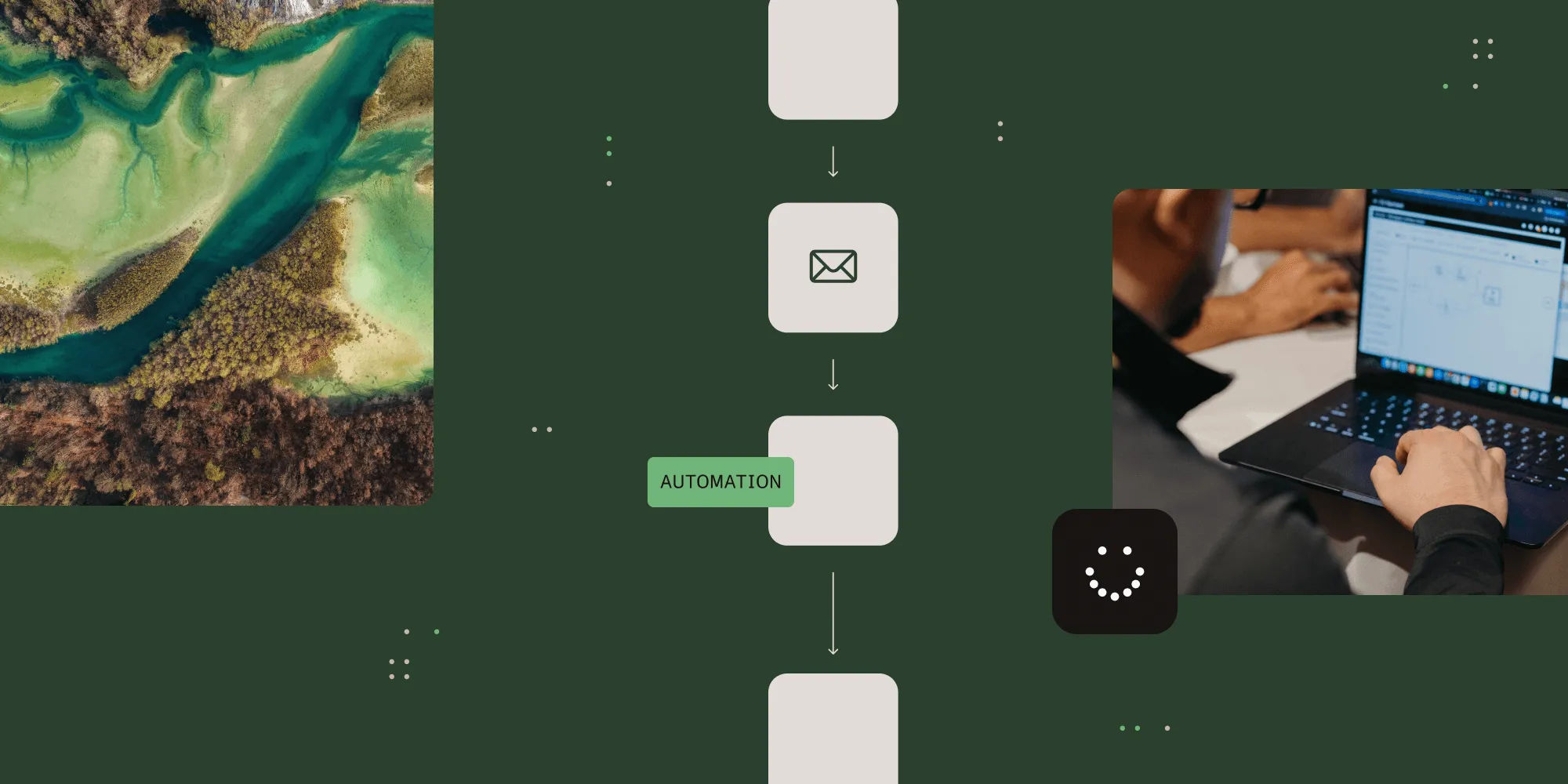8 Steps To Improve Any Process
Table of contents

TL;DR
too long; didn't read
Any process in your organization, big or small, can be improved. The steps you can take involve choosing a specific process, breaking it into tasks, connecting them to create a flow, identifying who the responsible department is, finding bottlenecks, training those individuals, and repeating. It is also important to consider automation as a process improvement option.
Process improvement, or "business process improvement (BPI)," can come in many forms. Process improvement efforts can yield significant gains in productivity, efficiency, accuracy, and more. Organizational process and workflow improvement projects proceed best with agreed-upon standardization. They may even benefit from the guidance of a business process (BPM) specialist who can develop frameworks, KPIs, and other critical aspects of the effort.
Whether it's a fairly new or old process that hasn't been updated in years, process improvement efforts can yield significant gains in productivity, efficiency, accuracy, and more. Sometimes, processes have been in place for so long that you may realize that steps can be removed or altered to improve efficiency. This post will cover eight steps to get you started on improving any process in your organization. As well as an example you can follow along with.
1. Choose a specific process to review.
When starting your process improvement journey, it's essential to stay organized and start with one process at a time as part of your process audit. If you start thinking of all of your processes, steps and flows - it's easy to get things jumbled up, and you may begin to feel overwhelmed.
Let's say we're looking at a Claims Submission process for this example. Here is a full image of what we will be reviewing:

2. Break down the process steps into tasks.
Above, you can see the different steps separated into blocks. Then, it is arranged according to who is responsible for that specific task. This step breaks down into tasks, focusing on the blocks or tasks. You know that after a claim is submitted, it needs to be verified, printed, approved, and so on. Write these tasks down and prepare to sort them and connect them in a flow-like view.
For example, this process starts with the agent and ends in the mailroom with someone needing to mail out the policy to the policyholder. It is helpful to list these steps and then write down who is responsible, where it goes after approval, who needs to sign what documents, etc., because you will use this information later.
3. Connect those tasks to simulate the process flow.
When all the tasks are known and laid out, review them thoughtfully. Could this process be condensed anywhere? Or, on the other hand, do you need to add any more steps? Order your tasks from what needs to be done first to last by connecting them in a flow to see what proceeds at each step.
4. Arrange them in swim lanes to show responsibility.
Going back to step 2, when we laid out the tasks into steps and wrote down who or what department is responsible for each step, it's now time to divide them into swim lanes. The swim lanes are the vertical sections in the image above: agent, claims clerk, claims manager, etc. When improving your processes, it's important to check back, see where your tasks are flowing, and see if it's time to update responsibilities.
5. Find bottlenecks.
Without proper review or complete visibility, it's hard to see where bottlenecks in your current processes might be. After laying out and connecting your processes and looking visually, does every task have a proceeding step assigned to someone that will continue to flow? It's possible that there isn't a predefined step for the claims manager on what to do if the claim submission needs more information, as seen in the image above. At this point, the manager may be stuck trying to get back ahold of the agent and get more information from them; the process is paused; thus, a bottleneck may frequently happen in this portion of the process.
Improving your processes is finding issues like this and working through them with your team to ensure ongoing organizational strength, not a one-time improvement effort.
6. Implement training.
From step 5, there may be more than one bottleneck in your processes. This is where you will have to update and change to improve your workflow. You may need to pull departments together to organize a better way to manage assignments and the way your processes work now. Show the flow diagram with the swim lines. Does it make sense to those involved? With the new changes you are likely to drive while reviewing, it's essential to train the ones in charge with their new task responsibilities.
7. Practice continuous improvement.
Proceeding with the above steps, don't assume this process will run smoothly forever. A dedicated, ongoing effort to maintain proper flow is called "continuous improvement" and allows an organization to iterate and build on previous improvements.
There are a variety of methodologies that help teams manage continual improvement(opens in a new tab). BPM (Business Process Management) is just one example of business process improvement.
We have a complete, free guide detailing how BPM works, but in a nutshell:
"Business Process Management (BPM) is the organizational discipline that provides tools and resources for analyzing, modeling, optimizing, monitoring, and controlling business processes and measuring and driving improved performance of interdependent business processes."
Often, BPM is confused with the software that helps implement improvements in business processes, but in reality, it's a practice, not software.
8. Lean on Process Automation.
Finally, it's essential to consider automation as a process improvement option. Process Automation contributes to process efficiency by using business rules and automated tasks to ensure process fidelity. Once a process is optimized theoretically, it must be put into practice. This sometimes means providing standard operating procedures for each team member to follow. In other cases, it means the process is built out within a process automation platform to automate the simple, rote parts of the process and keep things moving forward.
Even with the right tools, there is no guarantee of success without considering the risks. We've written on risk avoidance, and you can view the full article here: "5 Ways to Avoid Risk in Process Automation Projects." In a nutshell, you need to consider the following aspects for your improvement project.
- Have a clear strategy.
- Prepare for change resistance.
- Ensure the proper resources are in place.
- Choose the right leader.
- Identify expected outcomes.
Interested in Automating Your Processes?
We have various resources to help you research workflow automation for your organization.








